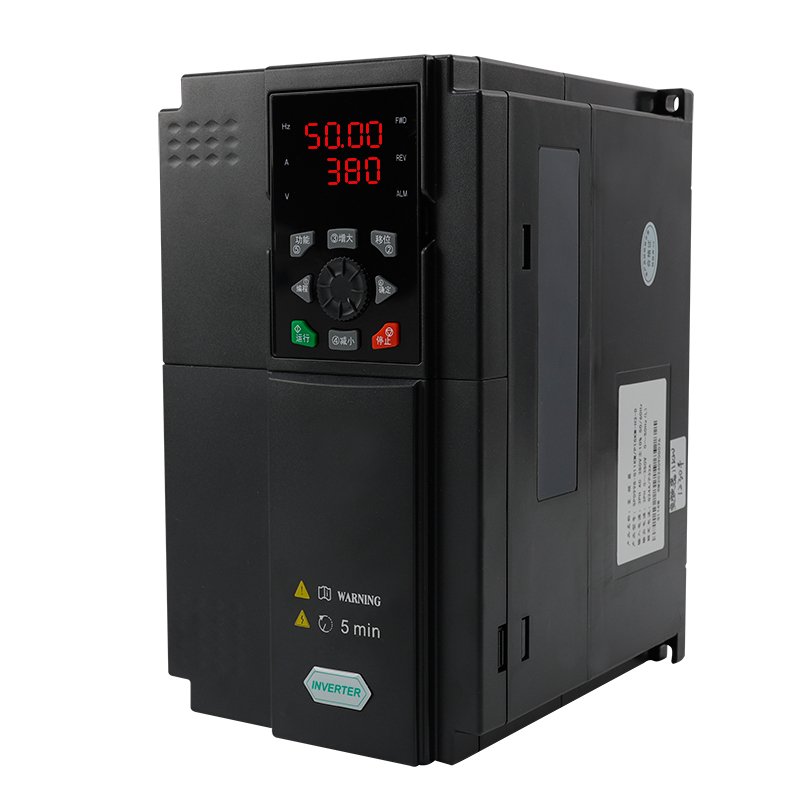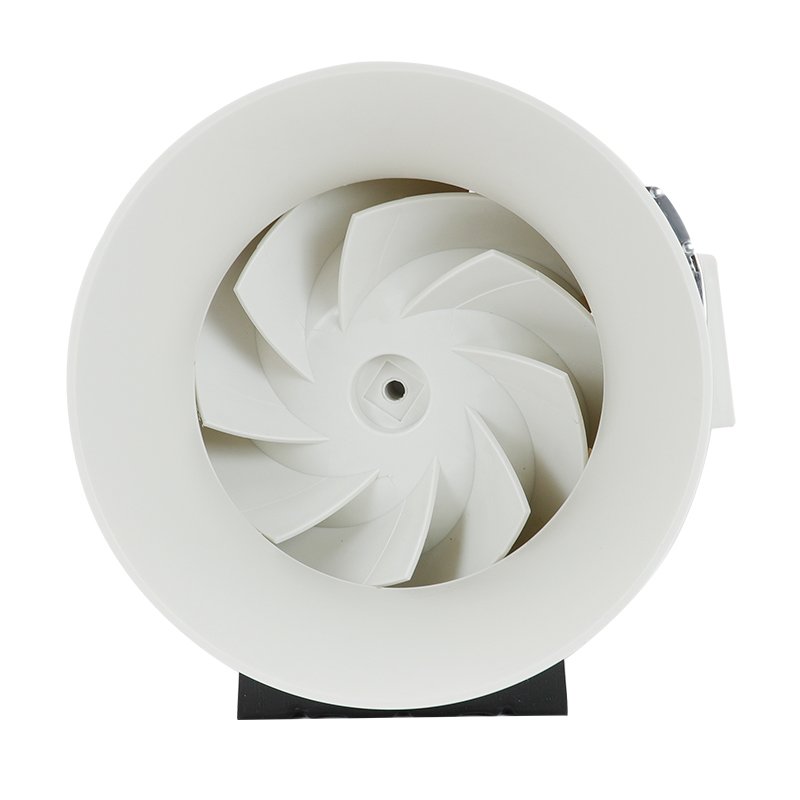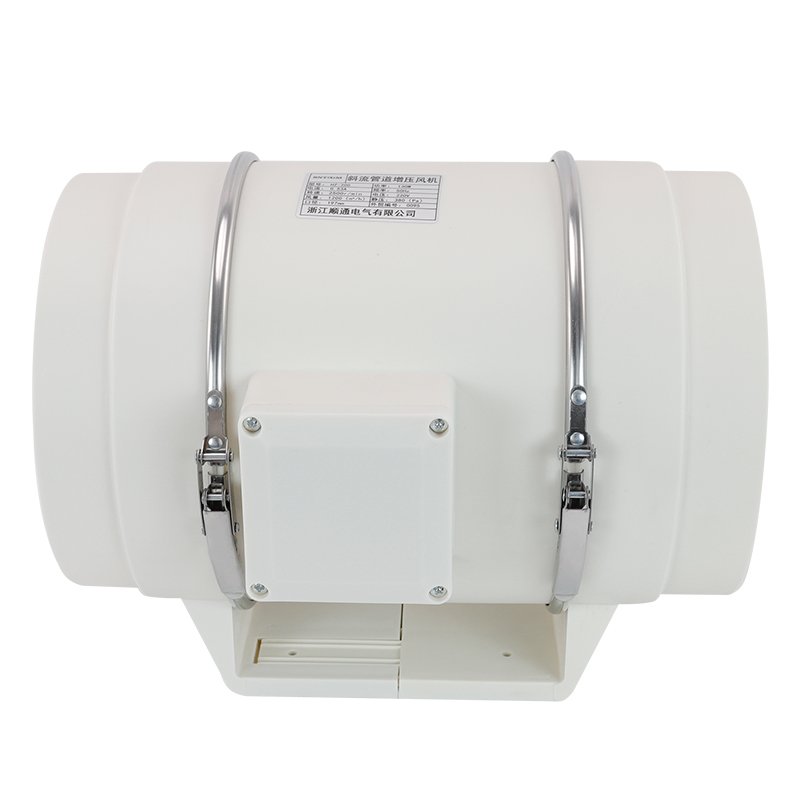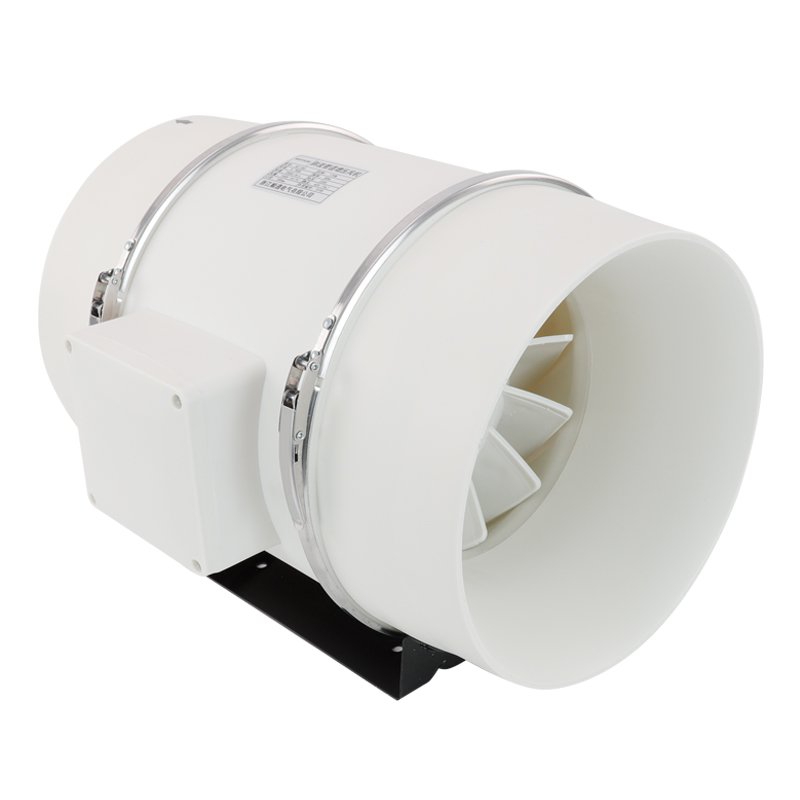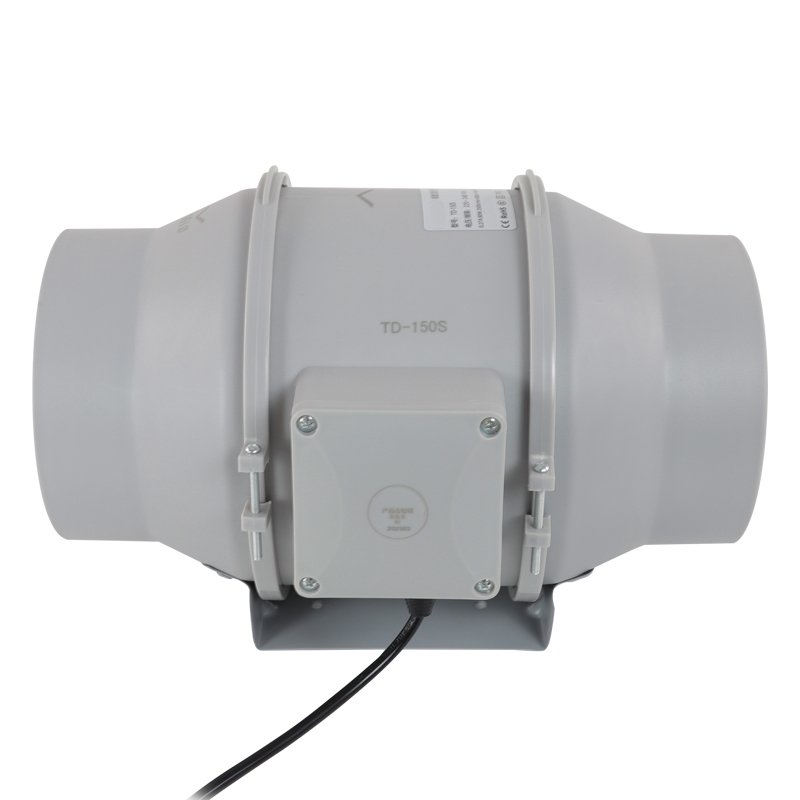Rotating fans provide a cooling breeze that makes hot days more tolerable. Despite their simple operation, stopping a fan’s rotation safely requires some basic knowledge.
In this post, we’ll outline three methods to bring a spinning fan to a halt. Whether you need to clean the blades, do maintenance, or pack the fan away, these techniques will allow you to stop the fan efficiently while minimizing risk of damage to the equipment or injury to yourself.
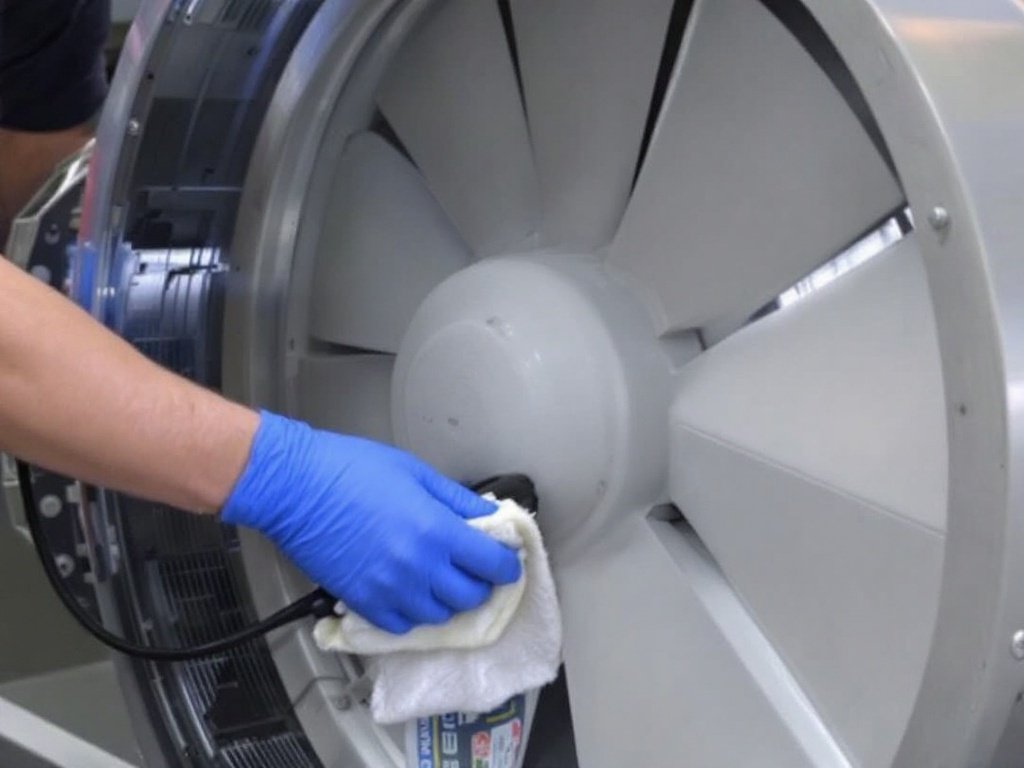
Methods for Stopping a Rotating Fan
There are several methods that can be used to stop a rotating fan, depending on the situation and the type of fan. Below we will explore three main approaches: allowing the fan to come to a natural stop, using a physical object to stop the blades, and applying pressure to the center of the fan.
Allowing the Fan to Come to a Natural Stop
One of the safest and most straightforward methods for stopping a rotating fan is simply allowing it to slow down and come to a stop on its own. This approach avoids any potential damage to the fan or risk of injury that could occur from trying to forcefully stop the blades while they are spinning at high speeds.
To let a fan wind down naturally:
- Turn off the power switch on the fan itself, if it has one. This cuts the electrical supply to the motor, causing the blades to gradually lose momentum and slow to a stop.
- If the fan doesn’t have its own power switch, unplug it from the wall outlet or power strip it is connected to. Again, this stops the fan motor so the blades can coast to a stop.
- Stand back and wait patiently for the blades to completely cease rotating. Depending on the size and speed of the fan, this may take anywhere from a few seconds to a couple minutes.
- Avoid touching the blades or putting anything in their path while they are still moving, even at slower speeds. The edges can still cause injury.
Using a Physical Object to Stop the Blades
In some cases, you may need or want to stop a fan more abruptly than allowing it to slowly spin down. One method is carefully using a physical object to impede the blades’ rotation and bring the fan to a quicker stop.
Appropriate objects to stop fan blades include:
- A long dowel rod or stick
- A rolled up magazine, newspaper, or cardboard tube
- The handle of a long wooden spoon or other sturdy kitchen utensil
- A plastic ruler or yardstick
To use an object to stop a rotating fan:
- Select an object that is longer than the fan’s diameter so you can keep your hand safely away from the spinning blades. Avoid using anything made of metal or glass that could shatter.
- Turn off the fan’s power switch if possible. If you can’t, be prepared to pull the plug or flip the controlling light switch immediately.
- Slowly and carefully insert the object between the protective front grille into the path of the spinning blades. The goal is for the object to catch and stop one blade, which then stops the others. Do not force the object forward aggressively or you could bend or break the blades.
- As soon as the blades stop, pull the object back out and unplug the fan to prevent it restarting with the object still engaged.
- Inspect the blades and grille for any signs of damage before operating the fan again.
Using an object to halt a fan’s blades should be done cautiously and only when necessary, such as if the fan is making an alarming noise and you need to stop it quickly for safety reasons. In most cases, it’s best to use the fan’s built-in controls to power it down.
Applying Pressure to the Center of the Fan
Pressing a finger or thumb against the center piece where the fan blades converge can create enough friction and resistance to bring the rotation to a stop. This method takes advantage of the natural physics of how the fan operates.
To stop a fan using pressure at the center point:
- Ensure the fan is unplugged or powered down first. You should never attempt to touch any part of a fan while it is still receiving electricity.
- Locate the small circular piece at the very center of the fan, where all the blades come together and attach to the spinning mechanism. On some models this piece may be a raised button or notch.
- Slowly bring your hand close to the center and gently press one finger or your thumb onto that middle piece as the blades rotate. Gradually apply more pressure until you create enough friction to slow and stop blade movement.
- Keep your finger pressed on the center until the blades completely stop, then remove your hand.
- If the blades are reluctant to stop or your finger starts to feel hot from the friction, cease pressure and let the fan wind down on its own instead to avoid potential injury or damage.
This method works best on smaller fans with lightweight plastic blades, like desk fans or box fans. Avoid trying this on large, heavy-duty, industrial or metal bladed fans which have more momentum and mass. Also use caution and never put your hand or fingers in the path of the moving blades themselves.
With any of these methods for stopping a rotating fan, always put safety first and exercise caution to protect yourself and prevent damaging the fan. If you are ever uncertain or uncomfortable attempting to stop a fan manually, refrain from doing so and either allow it to stop naturally or seek assistance from someone with more experience.





